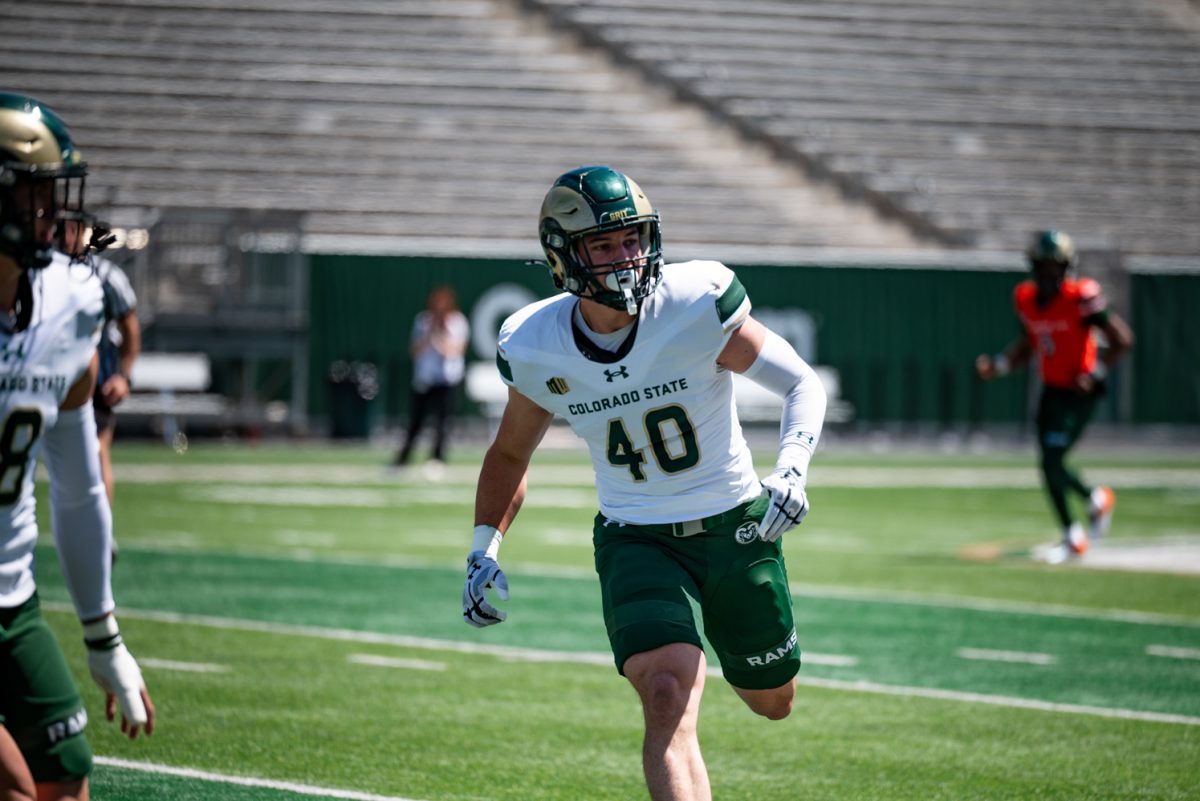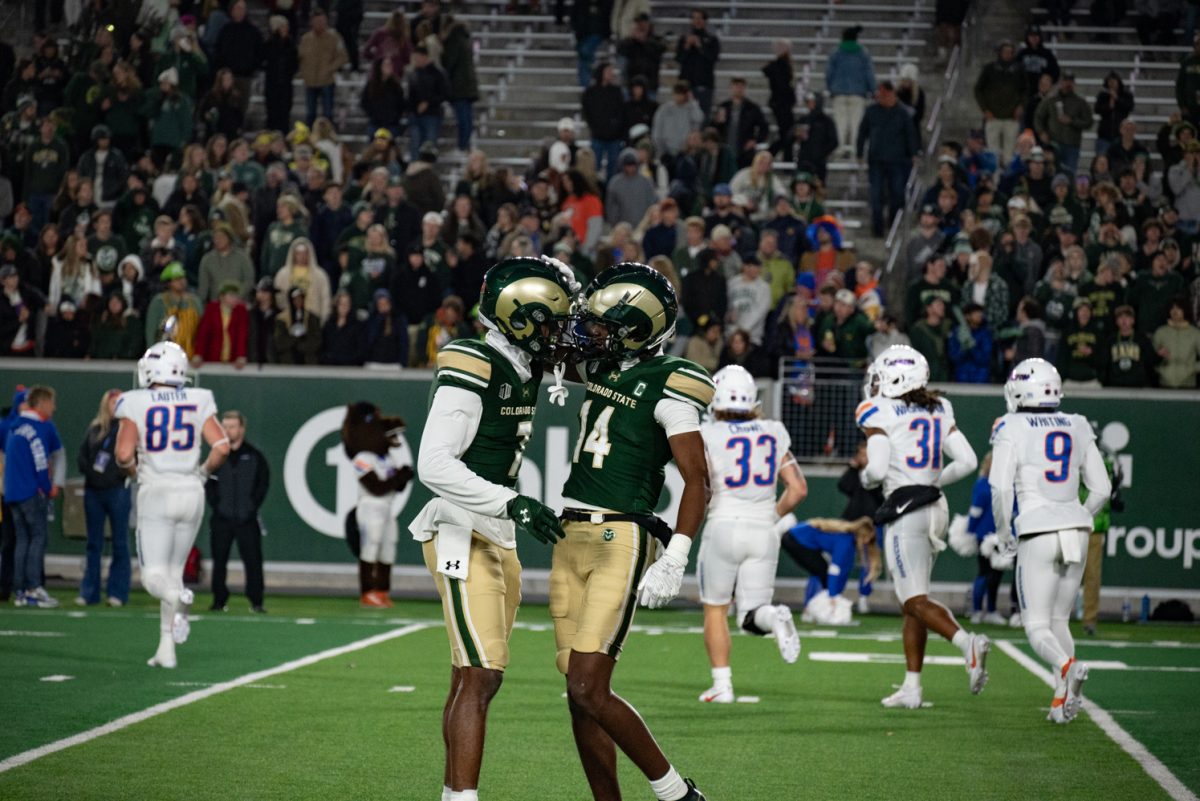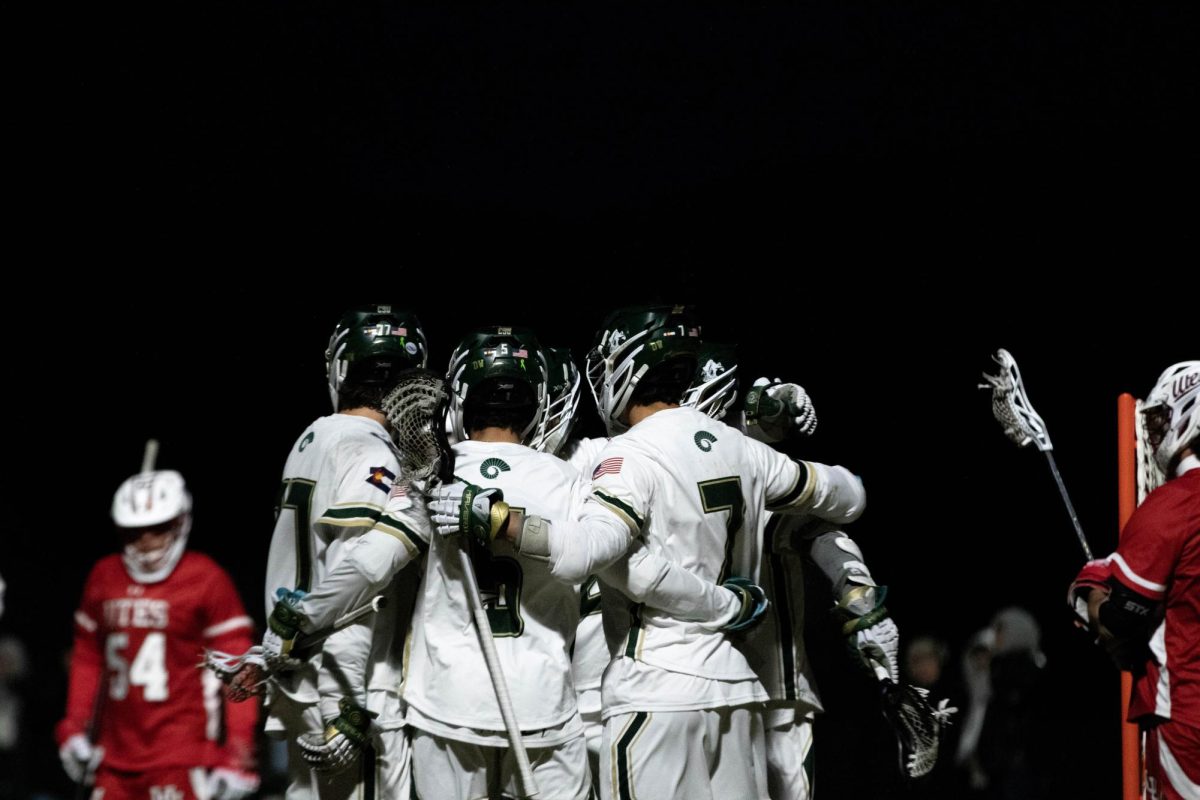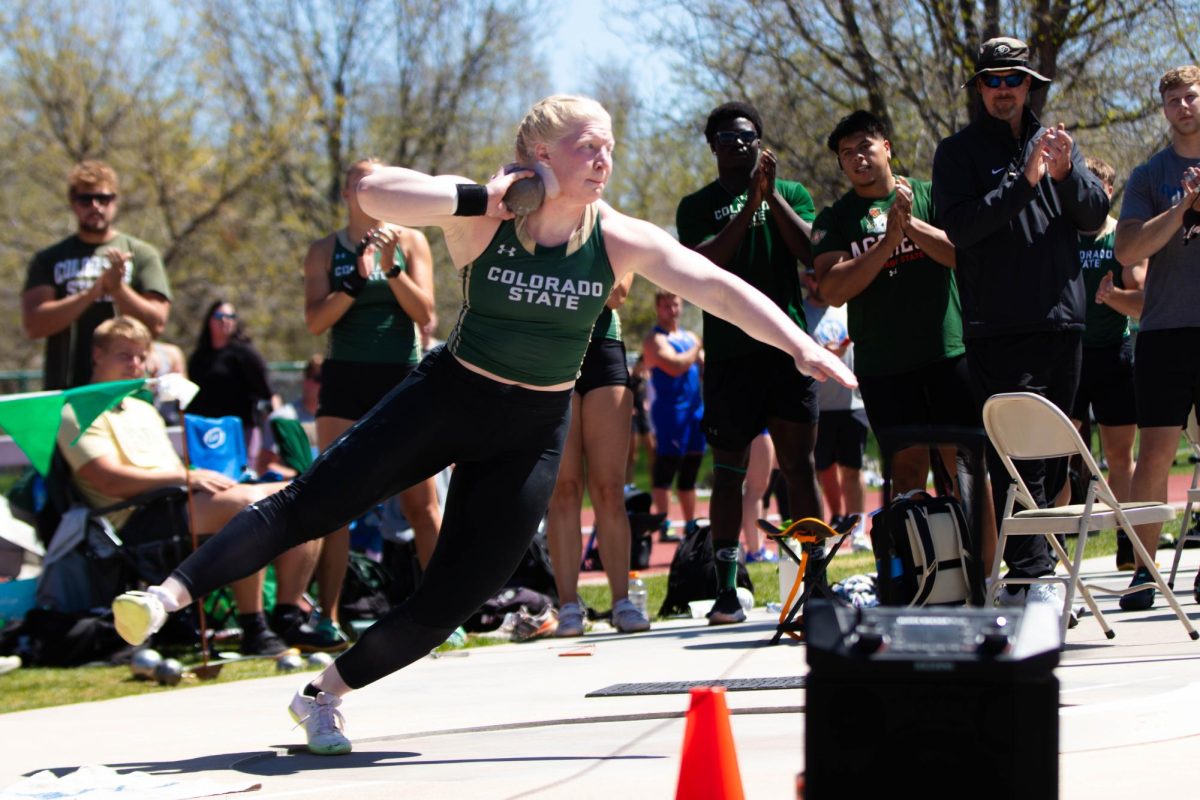This Saturday marks the 48th and final home opener at Hughes stadium for Colorado State football, as they take on the University of Texas-San Antonio.
In 2017, the Rams will open the season in what will be their new state of the arc on-campus stadium. But before that happens, the program will be honoring the past with a celebration of each decade in Hughes history, starting with the 60s this Saturday.
With a fancy new stadium in the process, Ram fans are understandably excited for the future of the football program. However, when moving forward, it is important to never forget your roots.
It was a long road to get to this point in history and before there were ever dreams of an on-campus stadium, Hughes Stadium was arguably what saved CSU football from folding altogether.
Durkee Field
CSU had an extremely humble beginning, especially when it came to facilities. Durkee Field, was the first official athletic field at Colorado State was constructed in 1899. From 1899-1911, Durkee Field was the home of Colorado A&M football.
Located just east of campus, where the Glenn Morris Field House is today, Durkee field was not a glamorous facility like we have become accustomed to; it was literally an open field they had to physically alter to be played on.
According to the official Colorado State historian John Hirn, in his book titled “Aggies to Rams”, the area was originally a swampy wetland that the school drained and leveled to be used for athletics and as a training ground for the military services.
In 1911, under athletic director and head coach Harry Hughes, approval for construction of a new athletic facility was approved and in less than a year it became a reality. In May of 1912, the school declared a holiday and students actually helped plow the land where the field would be.
Colorado Field
Just a few short months later, “Colorado Field” was game-ready, featuring seating for roughly one thousands fans, a cinder track and two practice fields. Set up with both hot and cold running water, Colorado Field was a significant improvement from Durkee Field.
According to Hirn, the facility was said to be one of the first football fields with grass and became “the envy of every school in the Rocky Mountain region”.
In 2017, it takes a massive video board and millions of dollars in corporate sponsors to become the envy of the region; In 1912, it just took grass and the ability to take a hot shower.
Colorado Field would be the home of CSU football for over 50 years (1912-1967), receiving various renovations and improvements over the years, including the addition of a 5,000-seat wooden grandstand and a press box in 1921. Even with these renovations, school president Charles Lory and Hughes intended on building an even larger stadium on campus, but due to costs, the project would never come together.
What was considered the envy of the region in the 20s, quickly became outdated as college football continued to grow over the years. The field lacked adequate seating and the overall condition of the playing surface was horrid.
In 1952, Colorado Field would was renamed “Hughes Field” in honor of the legendary football coach and athletic director. As Colorado A&M transitioned into Colorado State University a five years later (1957), it became more and more evident that a growing University needed improved athletics facilities to match.
The Rams facilities were so poor that The University of Colorado refused to make the trip to Fort Collins in 1958. Three years later, when the Western Athletic Conference was formed (1961), CSU was left without an invitation to the dance. These two moments in history were what really streamlined the process, and two years later, Colorado State was able to finalize the details for both a new football stadium and gymnasium.
In total, the Aggies won nine conference championships while playing on the original Colorado Field, the first coming in 1915 and the last in 1955. According to Hirn, the largest attendance was a 1966 matchup with the University of Wyoming when 14,900 fans showed up for the Border War.
Hughes Stadium
In 1968, Hughes Stadium opened, finally providing the proper facilities for a program that had become somewhat of a laughing stock in the region. Built up at the base of the hogback mountain, Hughes Stadium was the legendary coach’s dream finally coming to life after 20-plus years and multiple failed attempts.

Opening in September of 1968, the original Hughes Stadium had a max capacity of 30,000 and compared to the previous facilities, was a huge boost to the program. After not belonging to any conference and being independent from 1962-1967, the addition of Hughes stadium finally landed Colorado State a bid to the WAC, where CSU would remain members for the next 30 years.
The first game ever played in Hughes was on Sept. 28, 1968, a 17-12 loss to North Texas State, led by future NFL Hall of Fame inductee Joe Greene.
The early years were pretty ugly, even with the proper facilities in place. From 1968-1988, CSU only finished as high as second in the conference once and had a total record of 84-147-4.
Since the creation of Hughes, CSU football has had ten coaches, 11 if you count 1981 interim head coach Chester Caddas, whom took over for Sark Arslanian mid-season. Out of that group, one man influenced the program more than any other and that was Sonny Lubick.
Sonny Lubick Field at Hughes Stadium
Under Lubick in 1994, the Rams finally were about to break through and win a conference championship (WAC), for the first time since Hughes opened in 1968. CSU would go on to win the WAC two more times and never finish lower than third in the conference before leaving and becoming one of the founding members of the Mountain West.

Under Lubick, CSU would win the Mountain West in the inaugural 1999 season, 2000 and 2002. CSU had become a consistent winner and the fans took notice. In the Lubick-era, CSU posted eight of the ten largest crowds in Hughes stadium history. The largest of which came in 1994, when 39,107 fans packed into Hughes Stadium to see the Rams take on the Utah Utes.
In Lubick’s tenure (1993-2007), Colorado State won a total of six conference championships and nine bowl games. In 2003, the playing field was named “Sonny Lubick field” in his honor.
Two years later, the stadium capacity was increased to 32,500 and 12 luxury boxes were added in a multi-million dollar renovation project. In 2006, an artificial turf surface was installed after 38 years of using natural grass.
Since opening in 1968, Hughes stadium has been renovated multiple times, but has essentially stayed true to form. The oval-shaped stadium located roughly two miles west of campus has been home to some of the greatest and ugliest moments in CSU football history. For nearly 50 years, fans have gathered and celebrated the Colorado State community by cheering on Colorado State every Saturday.
The future of CSU football is bright and the on-campus stadium will be a game-changer, but it was not an easy to road to this point. Hughes Stadium was the savior of CSU football in the 1960s, and in 2016, fans will have a chance to honor it one last time.
Collegian sports reporter Justin Michael can be reached by email at sports@collegian.com or Twitter @JustinTMichael.







